Plant Care
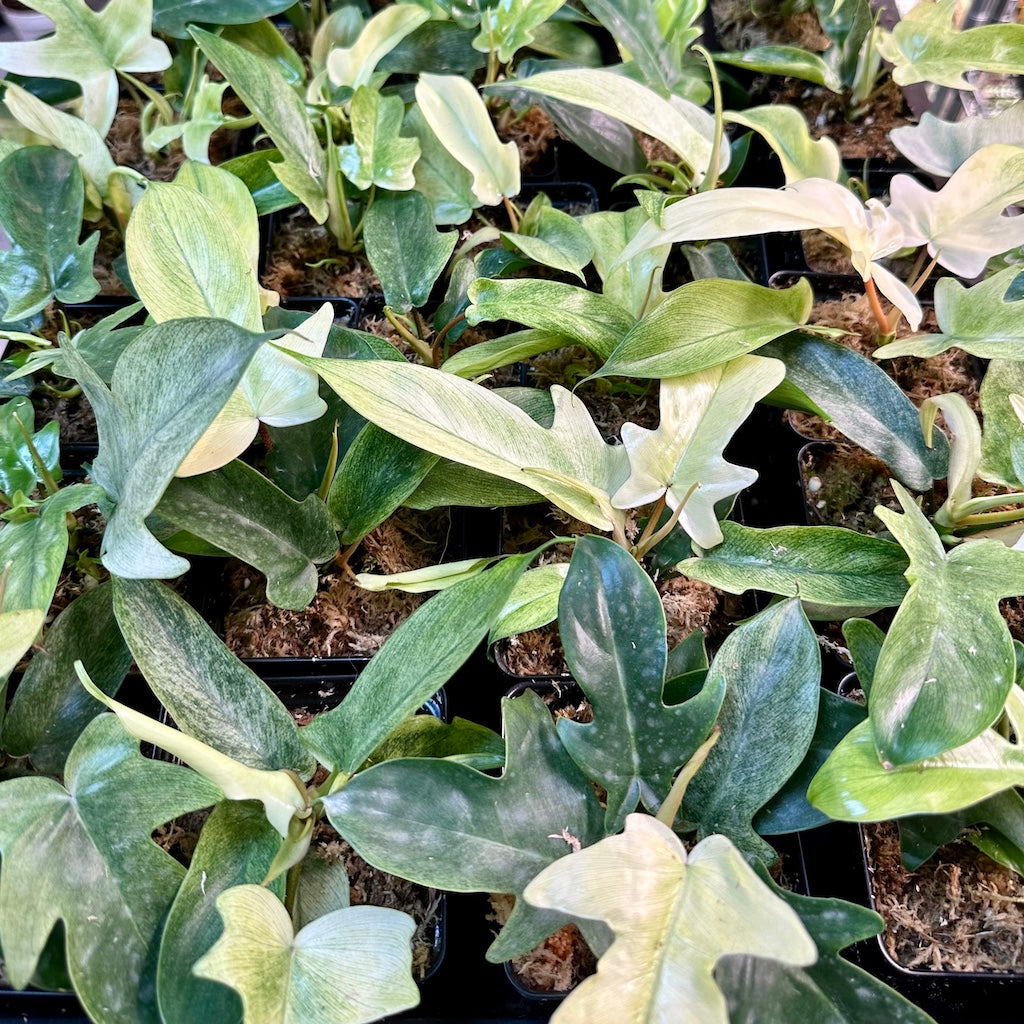
Every plant is a unique individual with its own specific care requirements, particularly when transitioning to a new environment. What we’ve outlined below is a comprehensive summary of the practices that have proven successful in our greenhouse. However, it’s important to remember that these methods may need to be adjusted to better suit the specific needs of your plants and the conditions of their environment.
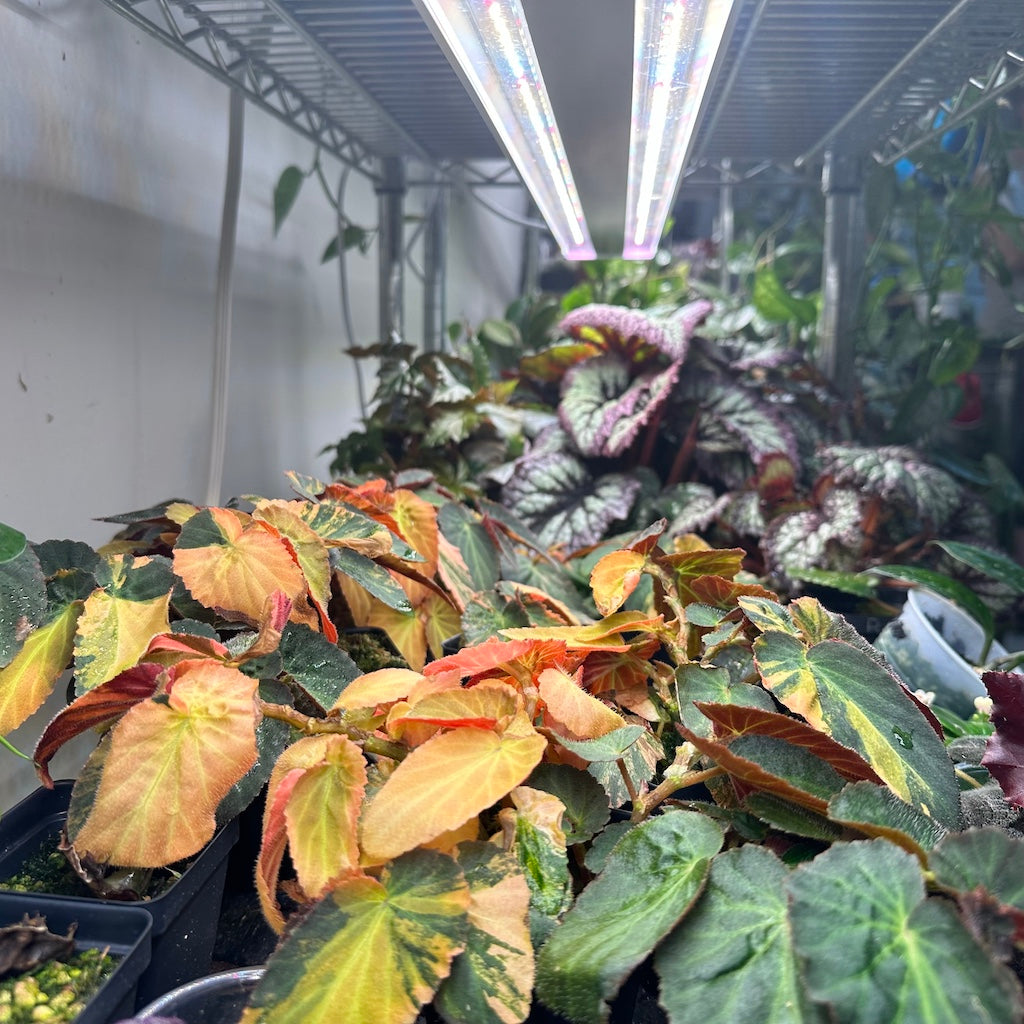
Lighting
In our greenhouse, we cultivate our plants using artificial grow lights, supplemented by some natural sunlight filtering through the windows. We adjust the lighting duration to suit the needs of different plants, ranging from 16 hours for those requiring abundant light, down to 8 hours for plants that thrive in lower light conditions. It's important to note that the lower light plants receive indirect lighting from their neighbors, albeit less intensely.
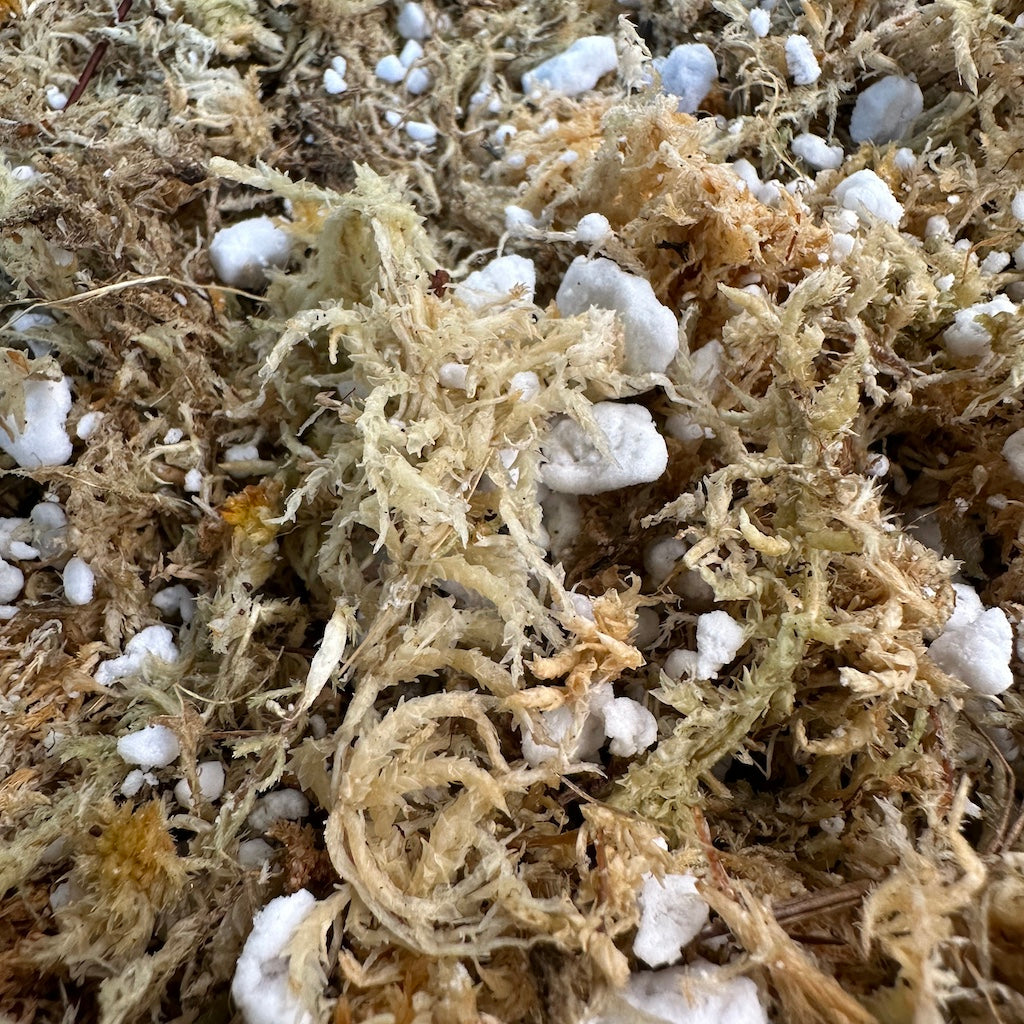
Growing Medium
Sphagnum moss is our exclusive choice for the growing medium across all our plants. This choice has proven to be exceptionally beneficial, supporting the growth and health of our plants from propagation to full maturity.
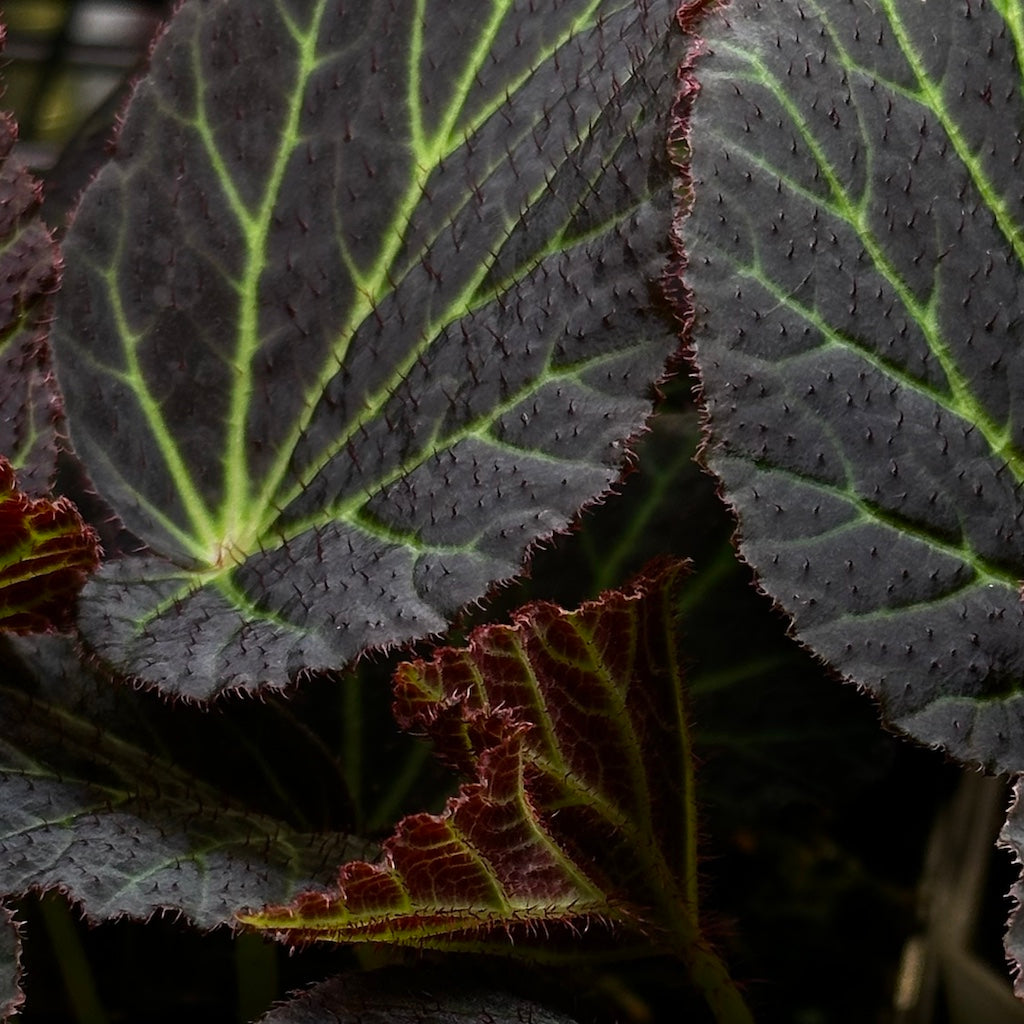
Watering
Our watering schedule is meticulously determined by the dryness of the sphagnum moss. We initiate watering when the moss feels dry or has a texture similar to a semi-dry sponge, ensuring thorough saturation during each watering session. Extra attention is given to propagations, ensuring the moss remains consistently moist until the propagation has taken root.
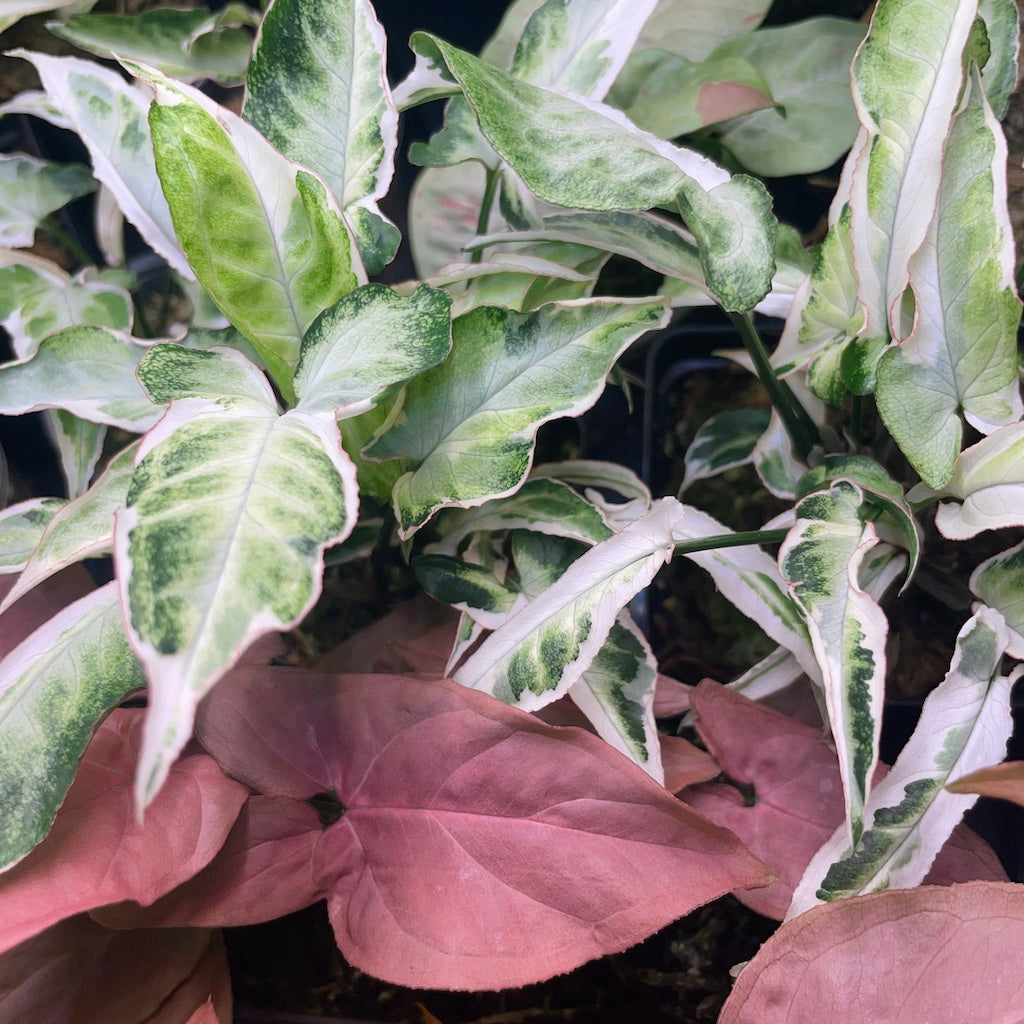
Nutritional Supplements
We find that a variety of houseplant nutrients are suitable for our plants, with a particular recommendation for Osmocote Smart Release. For those opting for liquid fertilizers, we advise starting with a diluted solution and gradually increasing the concentration to prevent plant stress. Our fertilization regime includes the use of a tropical foliage fertilizer via our fertilizer injection system.
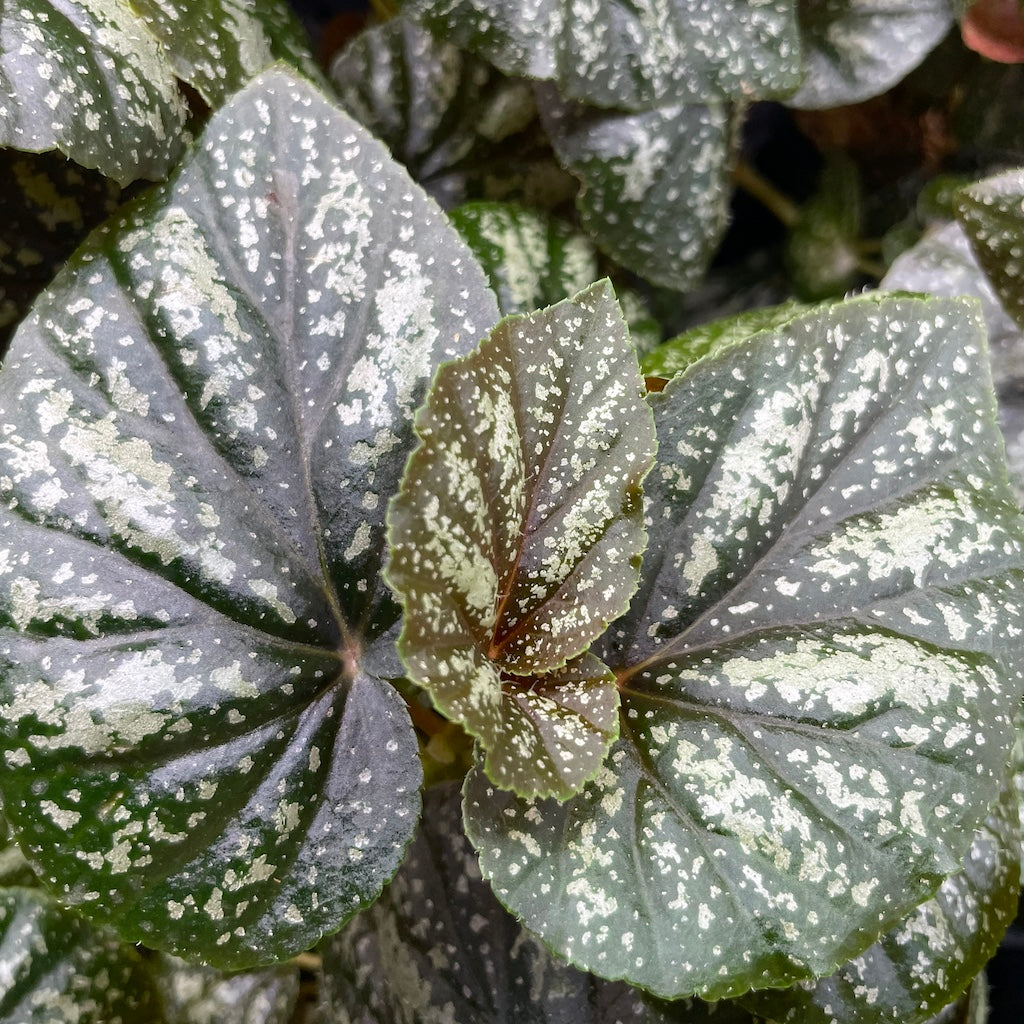
Transplanting
Care is essential when transferring plants, particularly in delicately removing the sphagnum moss from the roots. If the moss is difficult to detach, it’s perfectly fine to leave some attached. The removed moss can be rinsed and saved for future use in propagation. It's crucial to avoid repotting during active growth phases, such as when the plant is producing new leaves or growth, and to wait until the new foliage has fully matured.
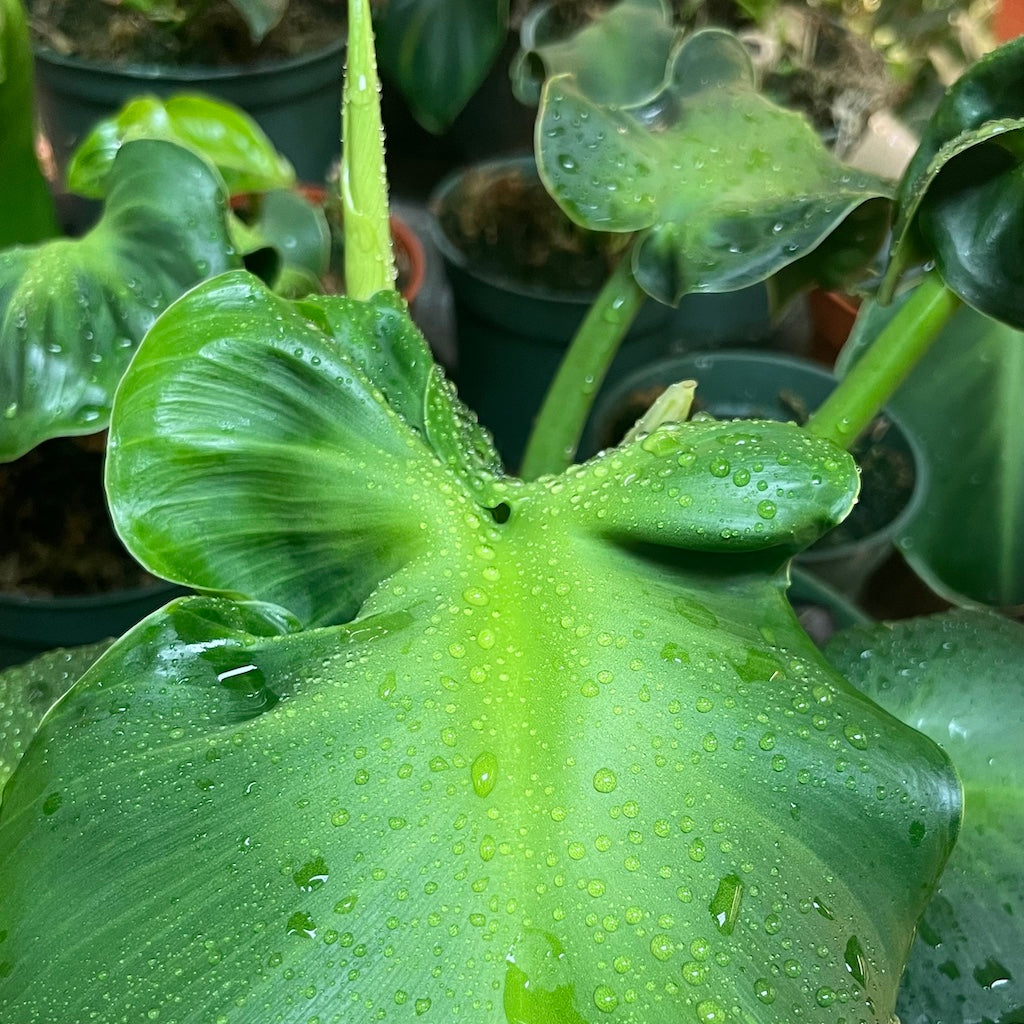
Pest and Disease Management
Sulfur-based treatments are our go-to solution for managing pests and diseases in our greenhouse. For a more comprehensive guide on how to handle specific issues, we invite you to visit our dedicated Pests and Diseases page.
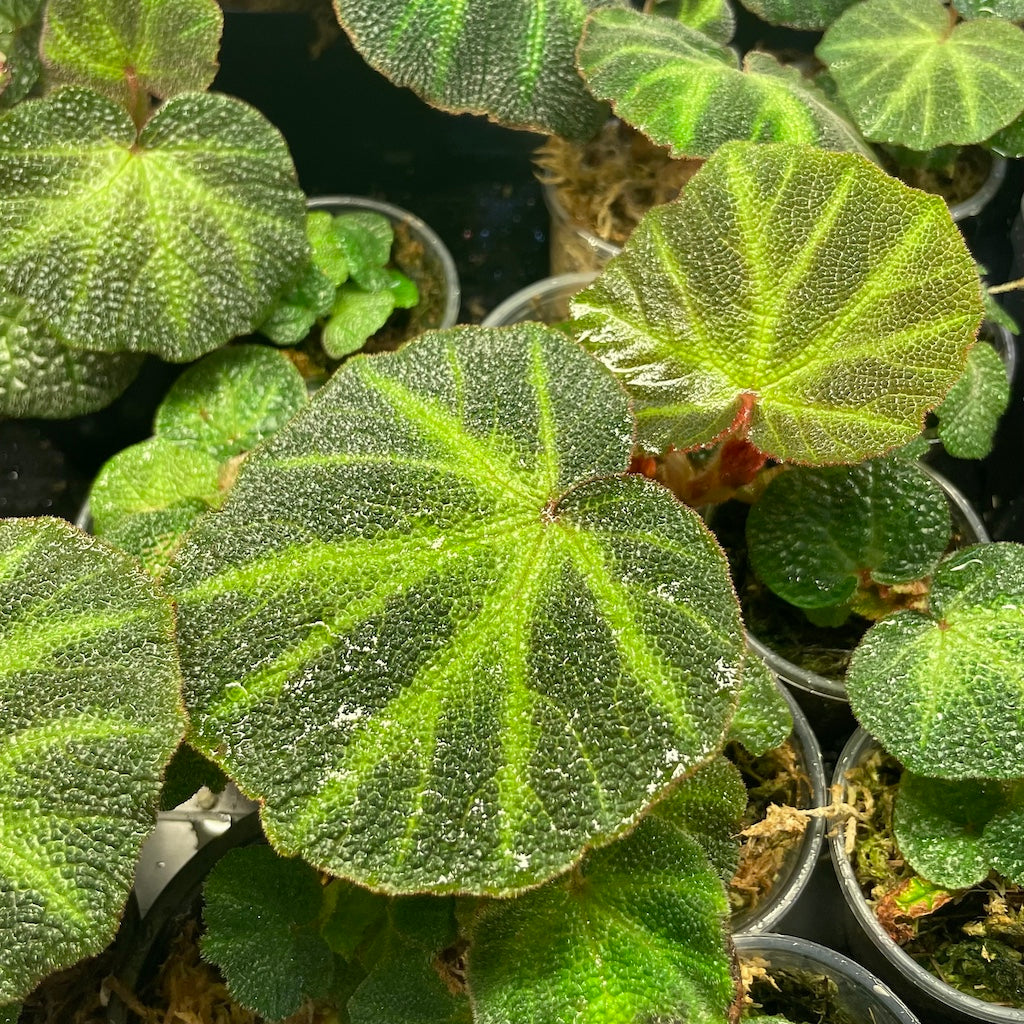
Check out below for more detailed care instructions tailored to specific plants, a resource we regularly update to ensure accuracy and relevancy. Should you have any further inquiries or require additional guidance, please do not hesitate to reach out. We are here to assist and ensure the thriving of your green companions!
